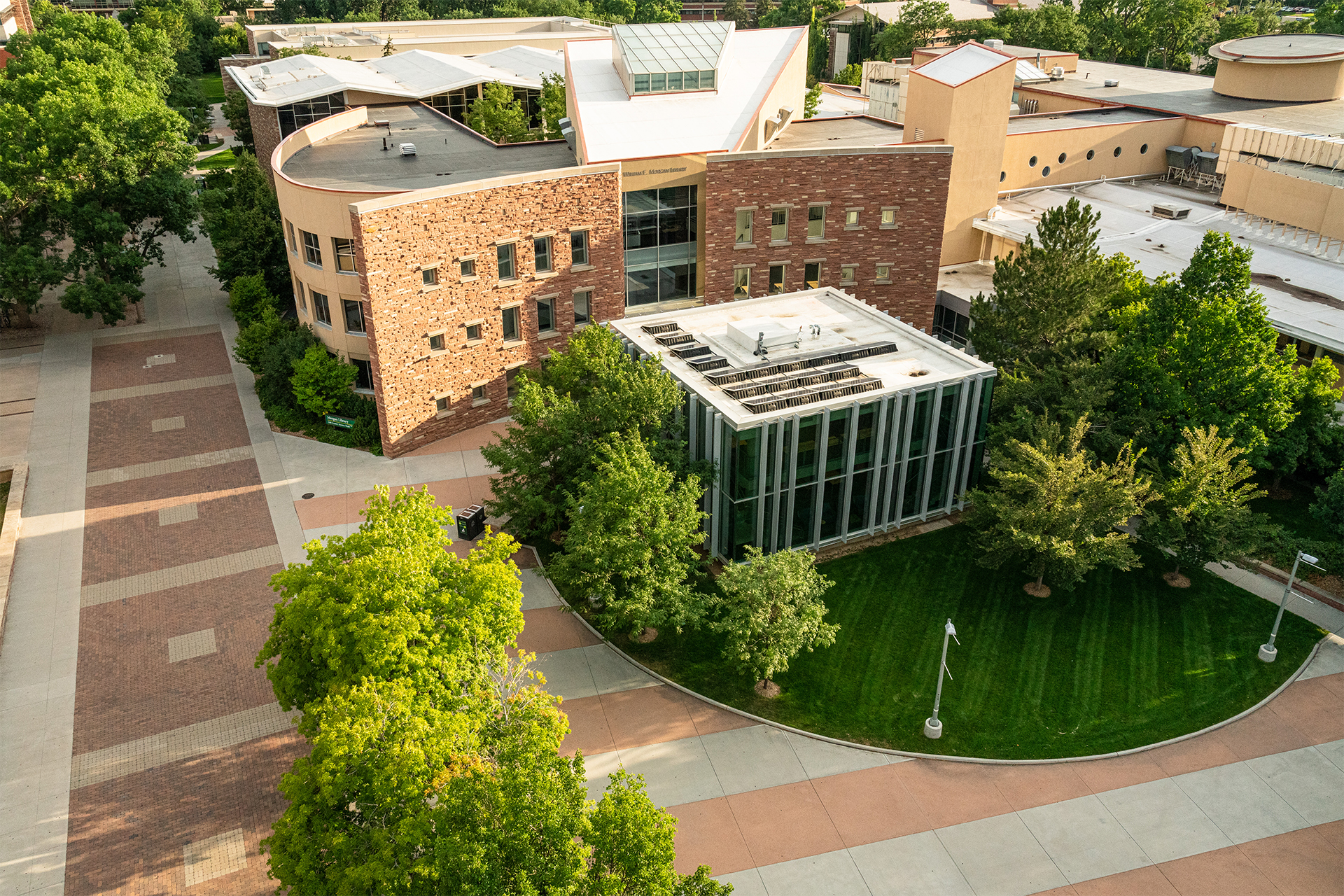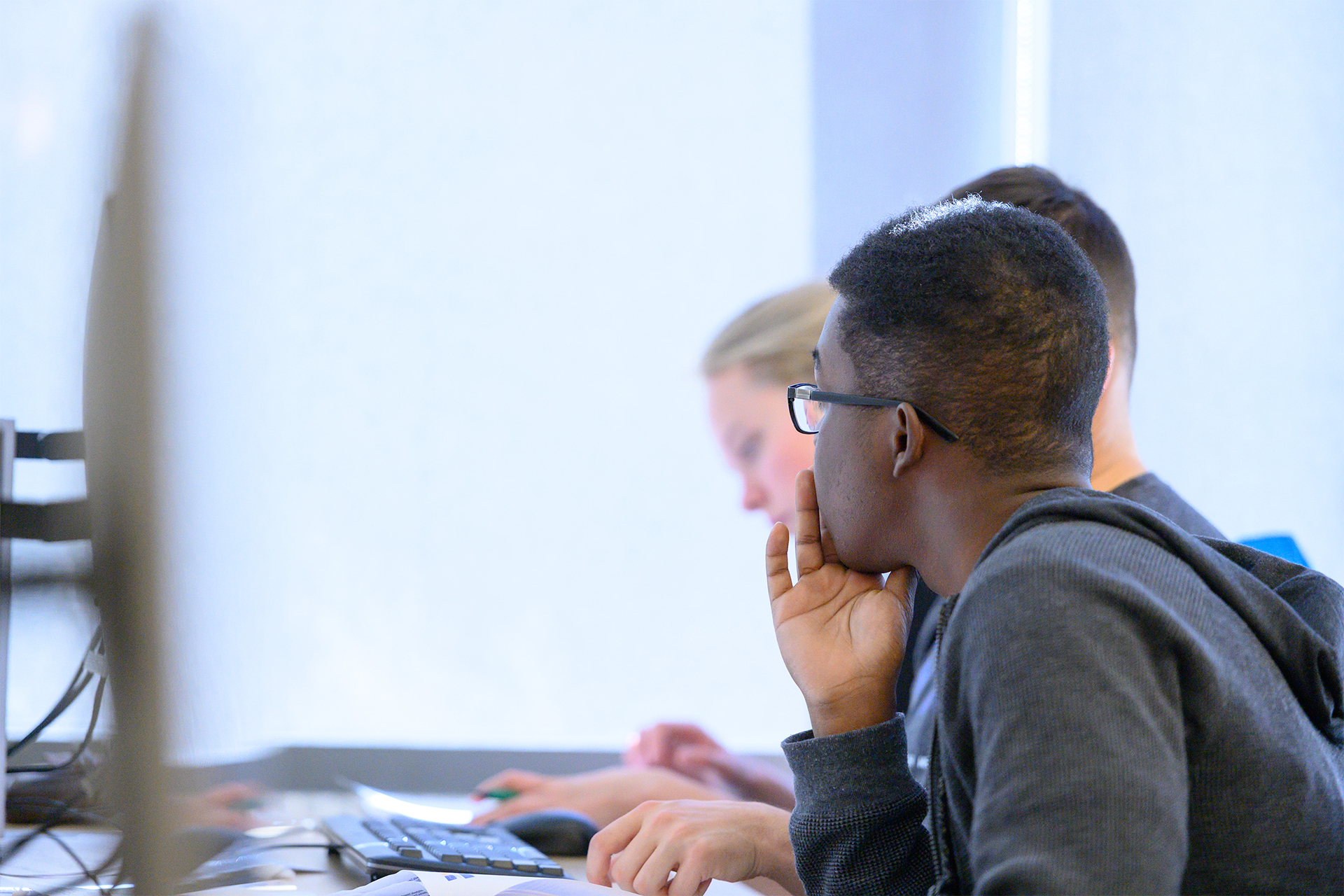Guest column: Libraries and information technology — now and into the future

Brandon Bernier is vice president of information technology and chief information officer, and Karen Estlund is dean of CSU Libraries.
Sometimes change is imperceptible. Other times, it comes in the blink of an eye. At Colorado State University this year, we’ve witnessed first-hand how crises can accelerate change and create opportunities for self-reflection and innovation.
Now more than ever, CSU needs to respond to the changing world and ensure our students and researchers can continue to push the world forward. At the heart of learning and research is equitable and ethical access to and use of information, which means our University needs a strong partnership between the Libraries and the Division of Information Technology.
On July 1, a new strategic partnership between the Libraries and the Division of Information Technology will officially begin, and with it, a renewed commitment to advancing the University mission through information access and technology services.
“On July 1, a new strategic partnership between the Libraries and the Division of Information Technology will officially begin, and with it, a renewed commitment to advancing the University mission through information access and technology services.”
We want to share with campus the process and results of the strategic planning for that partnership, with the intent that this is only the start of an ever-evolving conversation about the role of libraries and information technology in higher education.
The Collaborative Uncoupling of a Long Partnership

From 2010 to 2019, the Libraries and the Division of Information Technology were a single administrative unit led by a combined Dean of Libraries and Vice President of Information Technology position.
In 2019, then-Dean of Libraries and VP of IT Patrick Burns retired, and President Joyce McConnell and Provost Rick Miranda decided to split the position. Karen Estlund was hired as dean of Libraries, and the director of Academic Computing and Networking Services, Brandon Bernier, was appointed interim VP of IT, and later, VP of IT.
With a decade of entwined budgets, services and operations, a collaborative effort was essential to the successful disentangling of the two divisions. A cross-departmental Libraries IT Program Review Committee was formed, which assessed the Libraries’ technological environment and reviewed the Libraries’ existing partnership with ACNS, Information Systems and Telecommunications. The committee focused on gathering broad feedback from faculty and staff about the Libraries’ current and future needs to support the campus community.
Informed by that review, the Library and IT Strategic Partnership Advisory Group outlined a strategy for a re-envisioned partnership that would help carry CSU into the future. The provost approved the strategy in early June, with an implementation date of July 1.
“It was important to be very intentional when reviewing Library IT, and even more so as we developed recommendations for implementation,” said Joe Volesky, IT services manager at ACNS. “The IT Review and Strategic Partnership groups and processes focused that intent, and helped ensure all voices, everyone’s opinions, were heard and considered.”
“We benefited from a truly cooperative process that leveraged the diverse knowledge, talent, and expertise of our library and information technology staff,” said Dawn Paschal, associate dean of research, digital library and data services at the Libraries. “We were able to create a collaborative structure of services to support teaching, learning, and research going forward.”
Refined library services, enhanced central IT services

The result of that strategic work is a plan that empowers each division to leverage its unique strengths and enhance its portfolio of services and contributions to the University mission. Campus may or may not notice the immediate effects of these changes, but the long-term effects will be evident as the capacity for aspiration grows and the infrastructure for innovation develops.
The Libraries and the Division of IT will continue to partner on services and operations where shared expertise is the most beneficial, including the IT Help Desk, research IT, academic technologies and digital preservation.
The Libraries will now have a dedicated library IT team: Library Technology Services. They will provide expertise in the IT areas that complement librarianship, such as how information is discovered and accessed, how knowledge is organized and preserved digitally, and how to ethically use information.
“These days, the need to provide digital access to materials is so central to libraries that it is almost impossible to separate technology from everyday services. So, library IT really requires an embedded focus,” said Suzi White, manager of Library Technology Services.
An embedded focus means the Libraries will have more opportunities to reach out to users on campus and develop a deeper understanding of their needs, and then refine its services to respond to those needs.
Central IT will continue to support general IT needs and broad enterprise services and support structures, such as server administration, desktop support, printing, and video streaming and conferencing.
“Anytime an IT team can focus on their core constituency, I think they are going to be more effective and efficient. That’s true both with the Library Technology Services team and the Central IT Help Desk and Desktop Support teams,” said Volesky.
Into the future
Moving forward, campus can expect to hear from us more often than previously for ideas, input and feedback about your IT needs.
We’ll be listening closely to you and discovering opportunities for the Libraries and the Division of IT to provide the space to innovate and engage in new services and partnerships in order to increase areas of support in learning, teaching and research on campus.
We can’t wait to hear from you and see the future we create together.